The United States flag, known as the “Stars and Stripes,” encapsulates the nation’s principles and historical journey. This emblem reflects the collective ethos and pivotal moments of the American narrative, transcending its role as a mere symbol to embody its people’s shared convictions and aspirations.
Flag of the United States of America
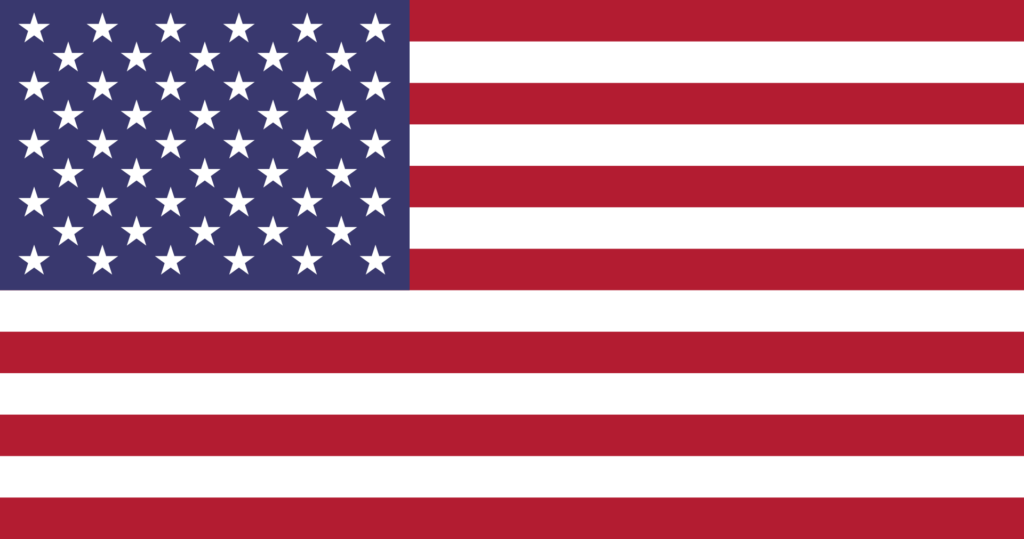
The United States flag has thirteen horizontal stripes and a blue canton bearing fifty white stars, symbolizing the fifty states. The stripes echo the founding colonies, while the stars represent the current states of the USA, illustrating the nation’s evolution and ideals.
Flag of USA: Color Palette
USA Flag Map
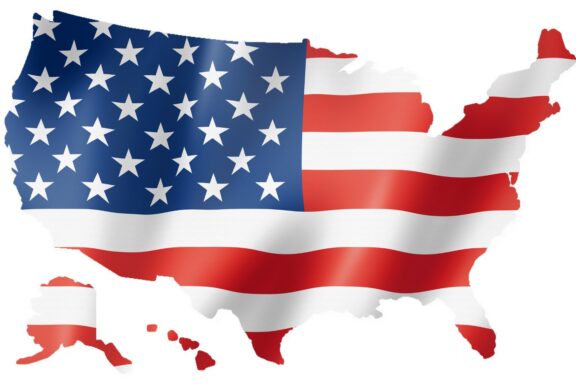
United States Flag Emoji: 🇺🇸
The color scheme of the United States flag, with its vast skies and broad landscapes echoed in its blues and reds, symbolizes the nation’s core values and historical roots.
Each hue, reflecting the diverse and expansive geography from the Atlantic to the Pacific, invites a deeper understanding of its meanings and the stories it tells.
Meaning of Each Color
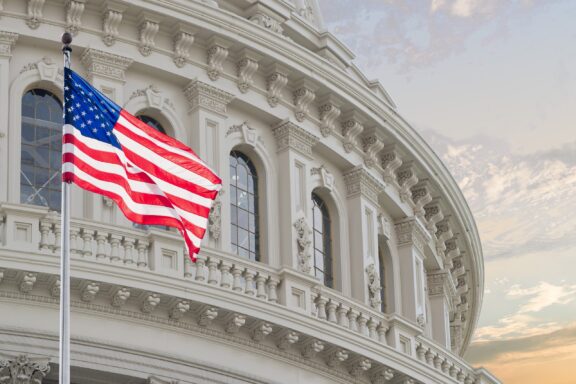
Red
The red in the United States flag symbolizes valor and bravery. This color choice reflects the courage and sacrifice of those who have fought for and defended the country from its inception.
The historical origins of using red for courage and sacrifice can be traced back to the nation’s earliest days, embodying the American people’s spirit and resilience in their quest for freedom and justice.
White
White represents purity and innocence in the flag’s palette. This color underscores the fundamental values of honesty and integrity upon which the nation was founded.
The choice of white aims to convey the country’s commitment to truth and ethical principles, serving as a reminder of the ideals that guide the United States.
Blue
Blue stands for vigilance, perseverance, and justice. This color signifies the constant vigilance required to uphold democracy, the perseverance necessary to sustain the nation through challenges, and the commitment to justice for all its citizens.
The blue in the flag encourages a collective resolve to maintain the principles of freedom and equality.
The Great Seal of the United States
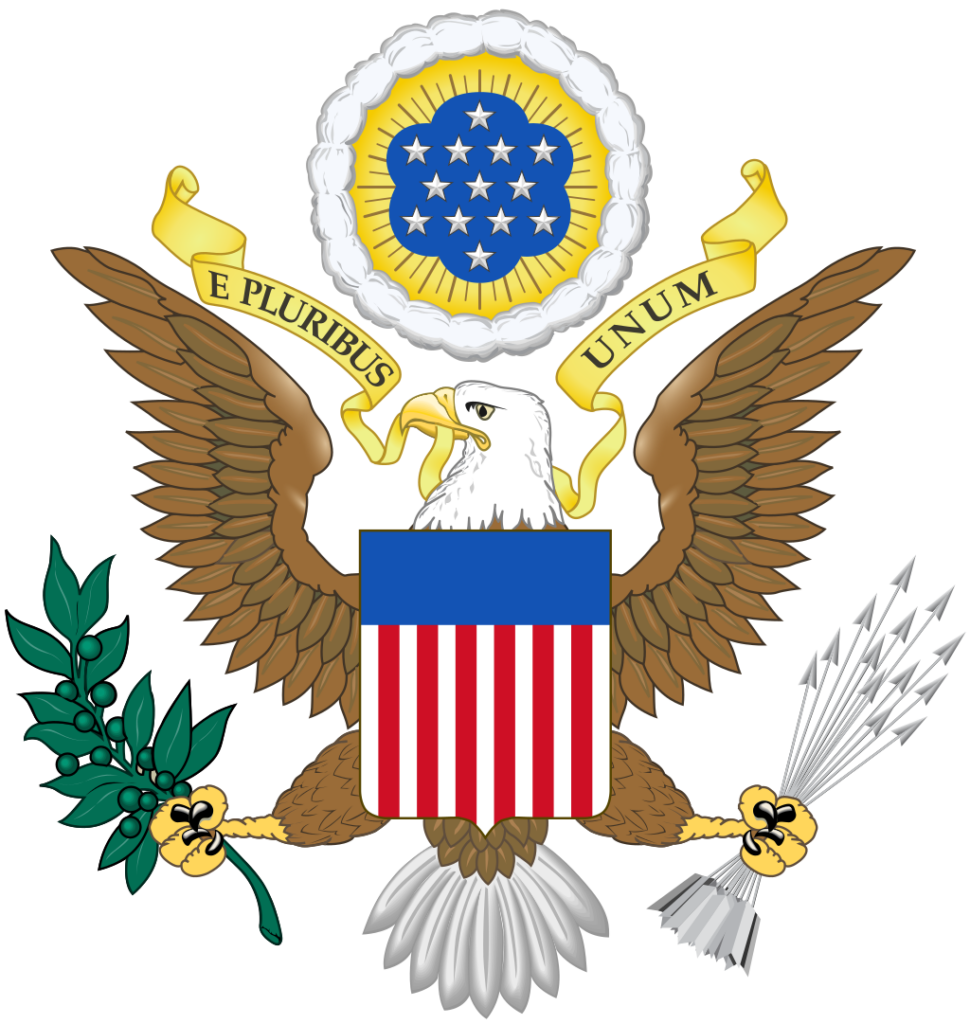
The United States does not have a coat of arms in the traditional sense often seen in other countries. Instead, the Great Seal of the United States serves a similar symbolic role. The Great Seal features:
- Bald Eagle: The national bird, holding an olive branch in one talon and a bundle of thirteen arrows in the other, symbolizing the nation’s preference for peace but readiness for war if necessary.
- Shield: With thirteen red and white stripes, representing the original thirteen states, covering the eagle’s chest.
- Scroll: In the eagle’s beak inscribed with the motto “E Pluribus Unum,” meaning “Out of many, one,” highlighting the harmony among the states.
- Constellation: Above the eagle’s head, consisting of thirteen stars against a blue field, representing the new nation taking its place among other sovereign states.
The Great Seal’s imagery encapsulates the nation’s core and principles, much like a coat of arms, representing its contemporary standards.
Historical Evolution and the Meaning Behind Changes
The evolution of the United States flag reflects the country’s growth and changing identity over time.
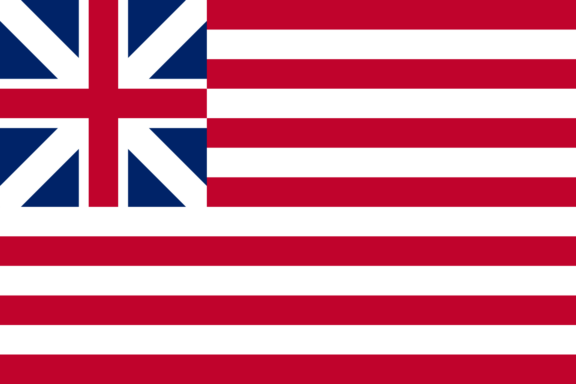
Initially, the Grand Union Flag, used in 1775, combined the British Union Jack with thirteen red and white stripes, symbolizing the colonies under British rule and hinting at their distinct identity.
The Continental Congress did not officially sanction this flag, but it was a significant step towards a unique American banner.
The Betsy Ross flag, introduced on June 14, 1777, marked a departure from British symbols, featuring thirteen stripes and thirteen stars in a circle, representing the original colonies.
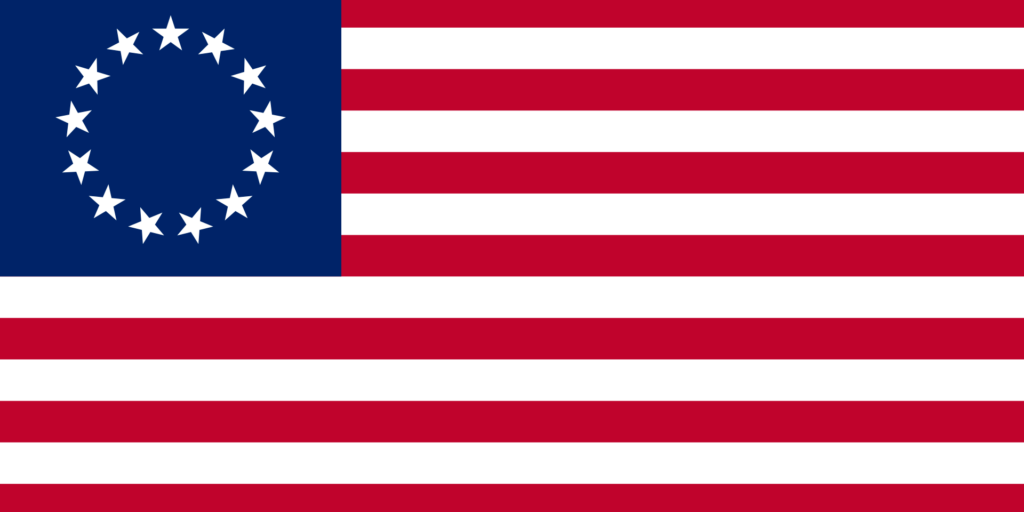
By 1795, with the addition of Vermont and Kentucky to the Union, the flag evolved to include fifteen stars and stripes. This version, known as the “Star-Spangled Banner,” is historically significant as it inspired Francis Scott Key during the bombardment of Ft. McHenry, leading to the creation of the national anthem.
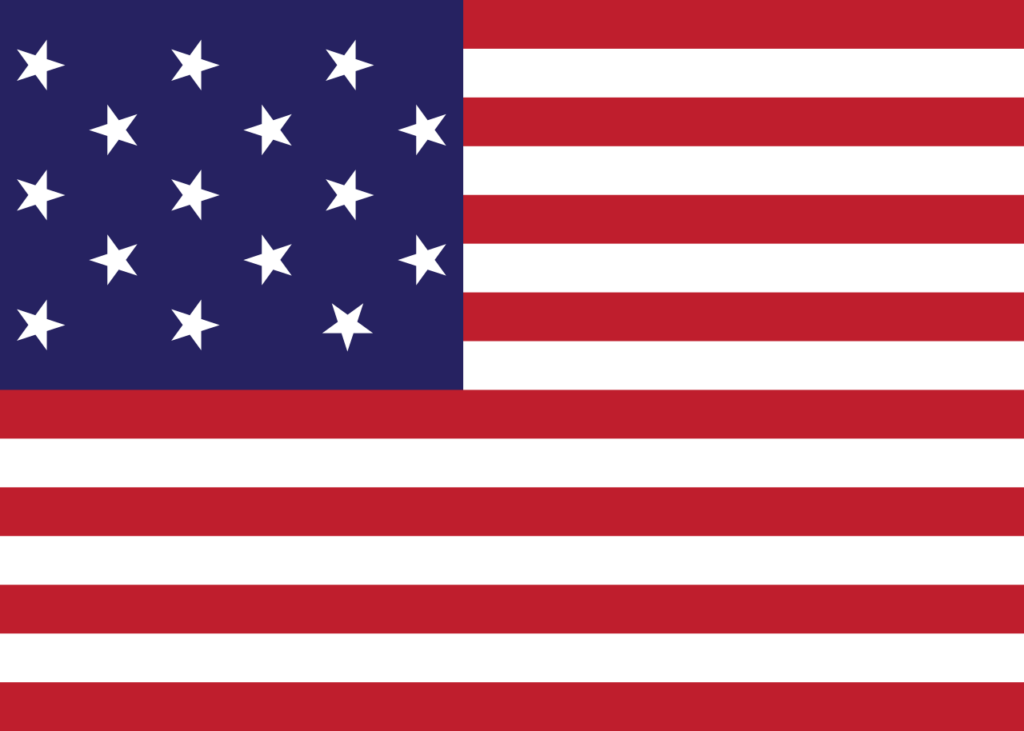
However, adding a stripe for each new state became impractical as more states joined. In 1818, a law was passed to maintain thirteen stripes for the original colonies and add a new star for each state.
This decision underscored the importance of remembering the nation’s origins while accommodating growth. By this time, the flag had 20 stars, with each new star representing the new states reflecting the country’s westward expansion and development.
Throughout its history, the flag has undergone 27 official changes, the last being in 1960 with the addition of Hawaii, finalizing the flag at fifty stars.
Each change mirrored the nation’s evolving landscape, from its struggle for independence through expansion into modern times.
Overall Symbolic Meaning of the Flag
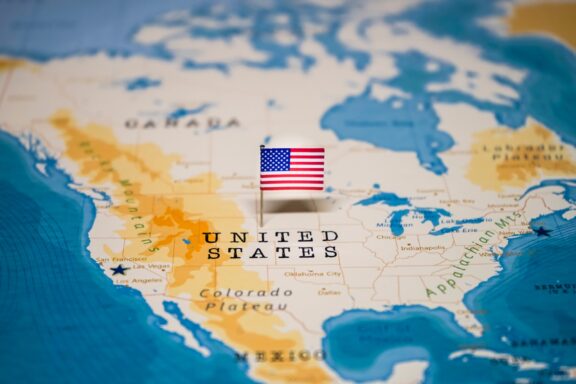
The United States flag is a powerful emblem of national unity and enduring principles. Its design narrates the story of the nation’s journey from its founding colonies to its present as a diverse union of states.
The flag’s structure reflects the country’s resilience through challenges and its commitment to ideals that define the American spirit. It serves as a reminder of the collective identity and shared values that bind its people together.
Similar Flags to the Flag of the USA
The flags of Liberia, Malaysia, and Cuba share certain similarities with the United States flag, each reflecting unique historical or cultural connections:
Liberia
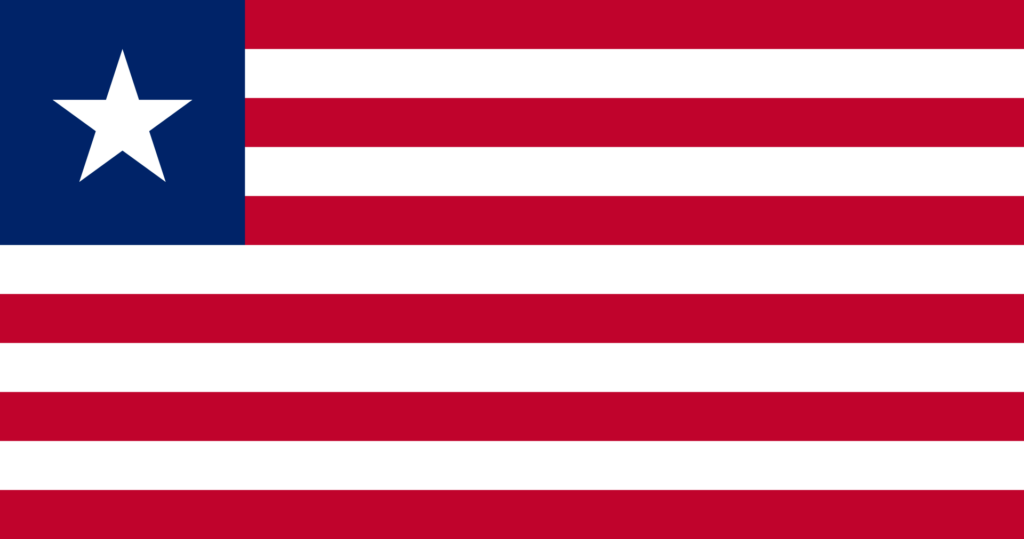
The Liberian flag closely resembles the U.S. flag with its red and white stripes and a blue square featuring a single white star. This intentional design reflects Liberia’s foundation by freed American and Caribbean slaves.
The eleven stripes represent the signatories of the Liberian Declaration of Independence, and the lone star symbolizes the country’s status as a free state, mirroring the U.S. ethos of liberty.
Malaysia
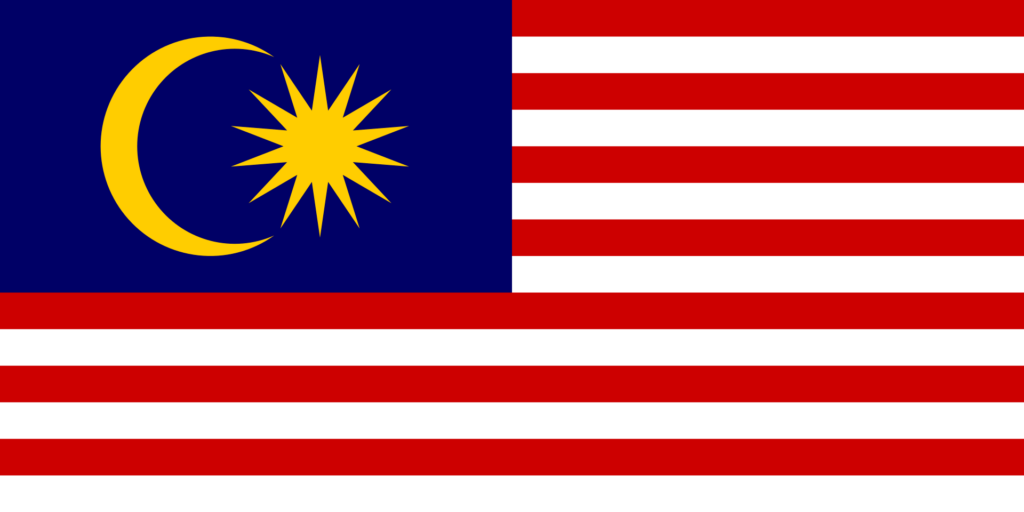
Malaysia’s flag, known as the “Jalur Gemilang” or “Stripes of Glory,” features alternating red and white stripes and a blue canton, similar to the U.S. flag.
However, instead of stars, it contains a yellow crescent and a 14-point star representing the country’s 13 states and the federal territories.
This design symbolizes unity and Islam, the country’s national religion. The flag’s resemblance to the U.S. flag lies in its use of stripes and a blue field, reflecting a common theme of unity.
Cuba
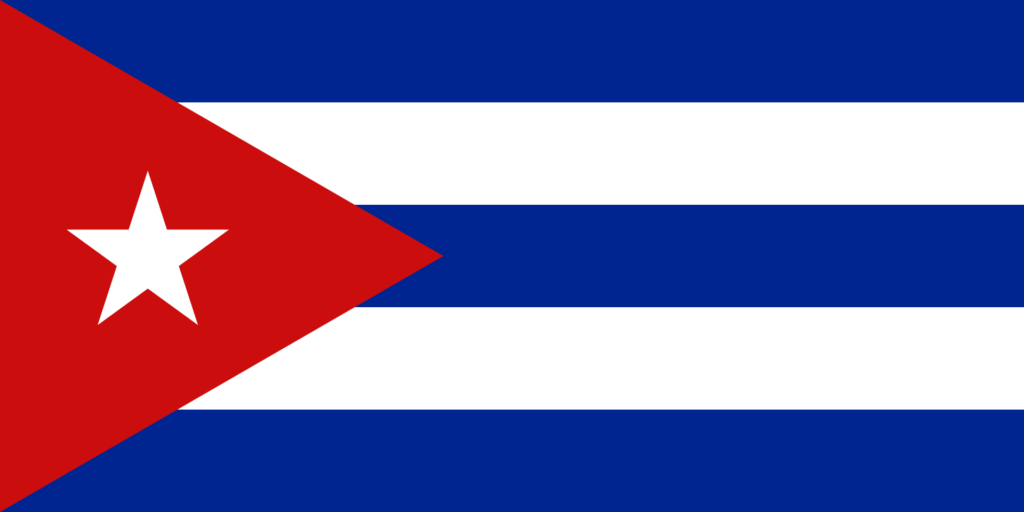
The Cuban flag consists of five blue and white alternating stripes with a red triangle at the hoist, housing a single white star. The flag’s design was influenced by the U.S. flag but adapted to represent Cuban ideals.
The three blue stripes denote the island’s three main divisions, while the white stripes symbolize purity. The lone star within the red triangle stands for independence, and the blood shed for freedom.
Final Thoughts
The United States flag’s colors weave a narrative of freedom, bravery, and purity, serving as a timeless emblem of the nation’s values and history. Its recognition and respect on the global stage underscore its significance, symbolizing unity and identity for Americans everywhere.
Image Sources and Copyright Information
- American Flag in Front of Capitol Hill at Dusk: © Andrea Izzotti/Shutterstock
- USA Flag Pin on Map: © hyotographics/Shutterstock